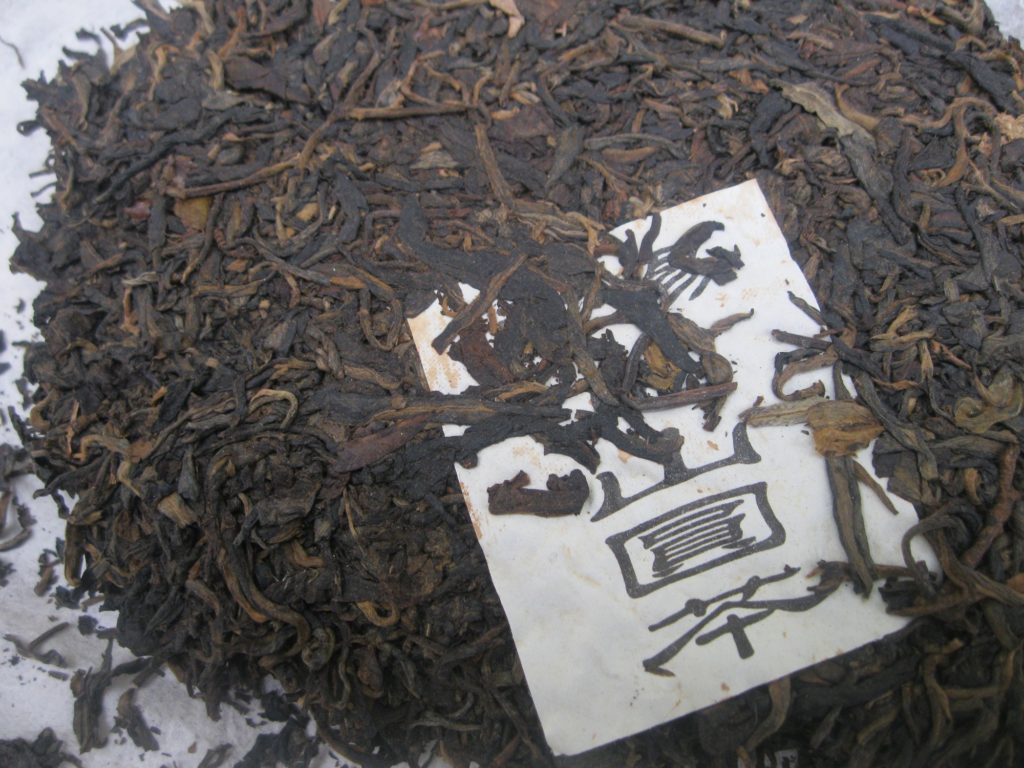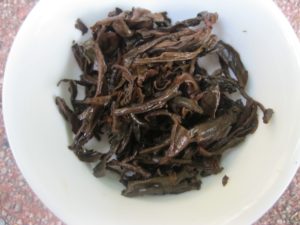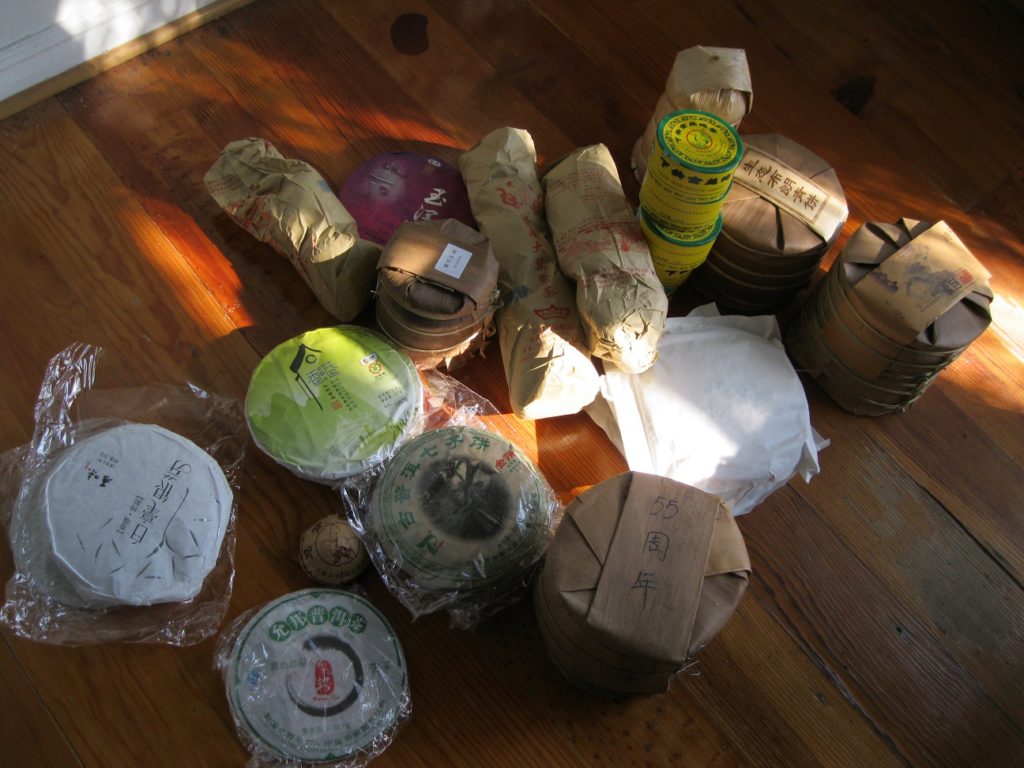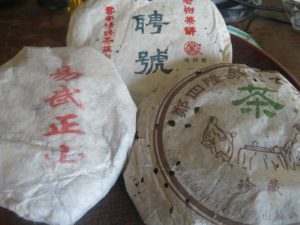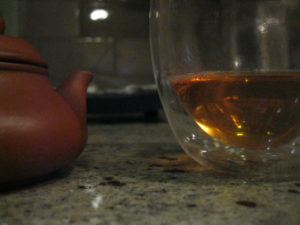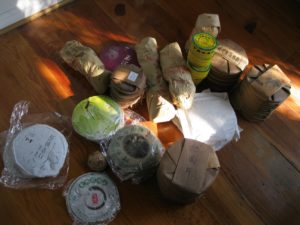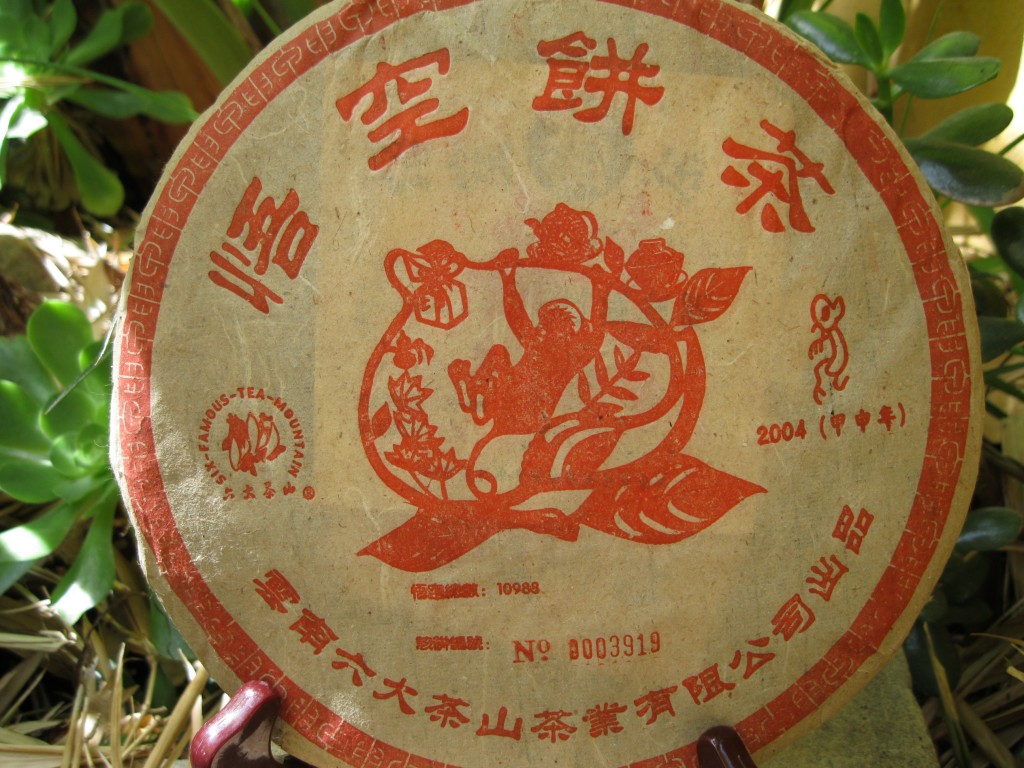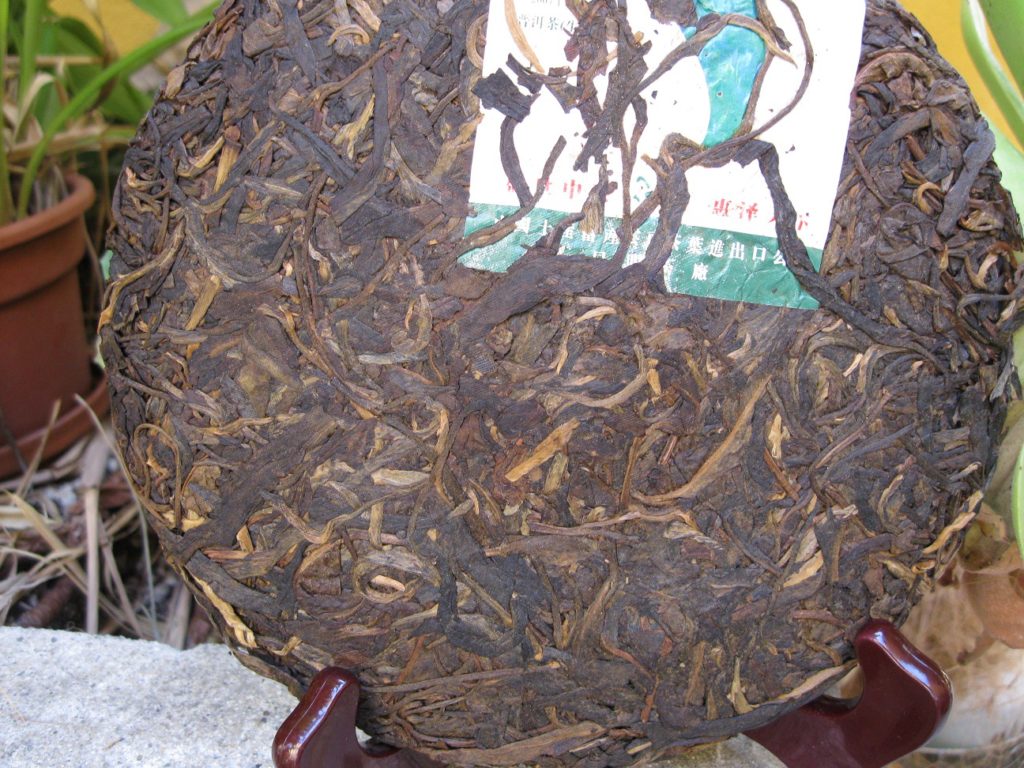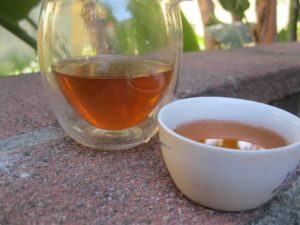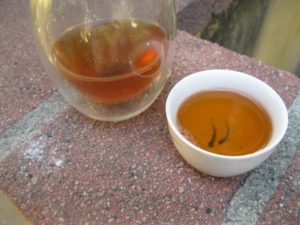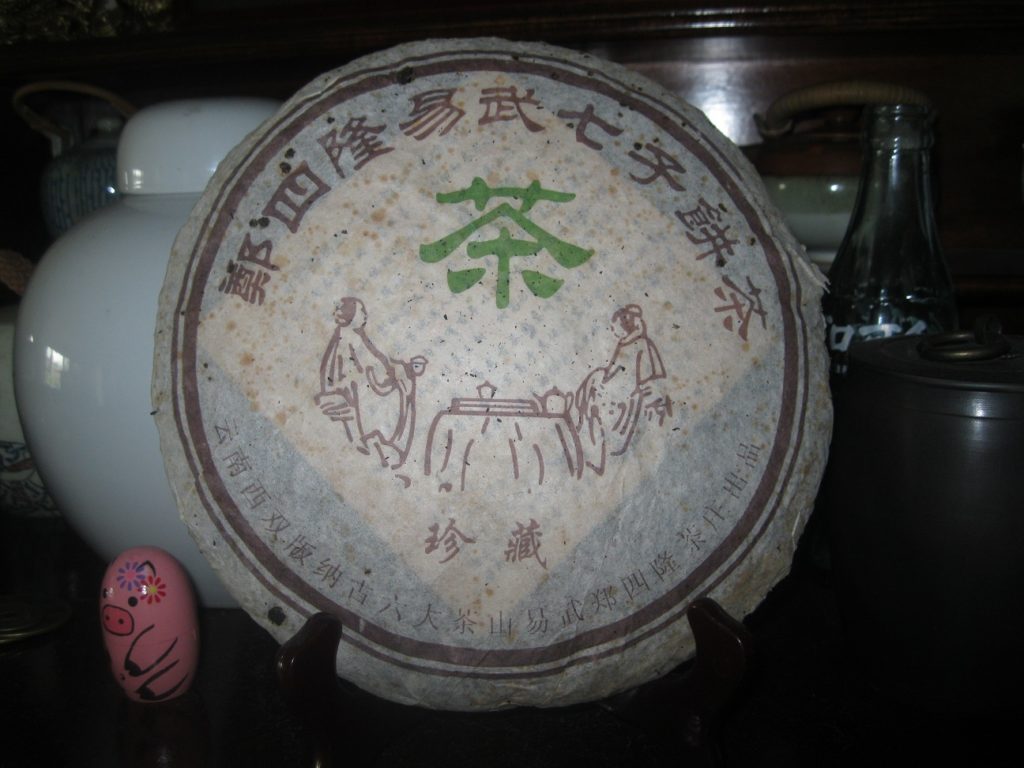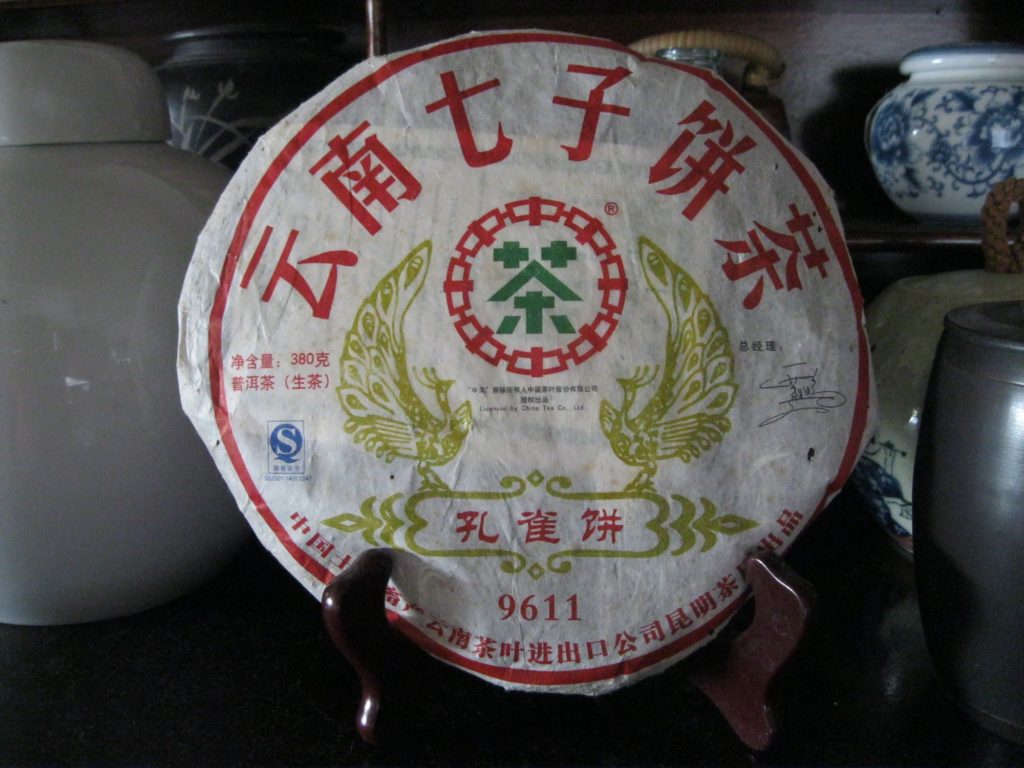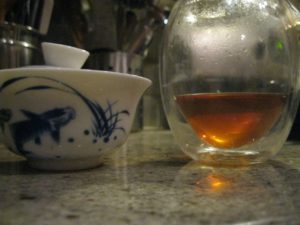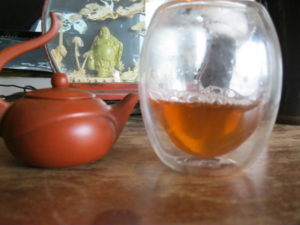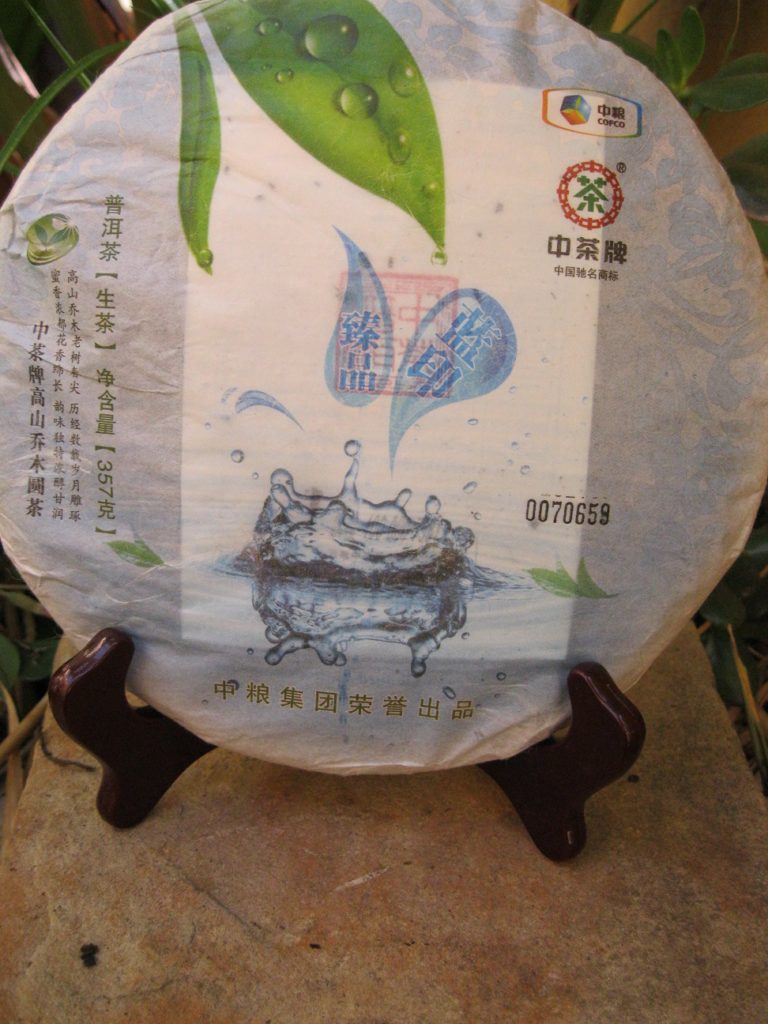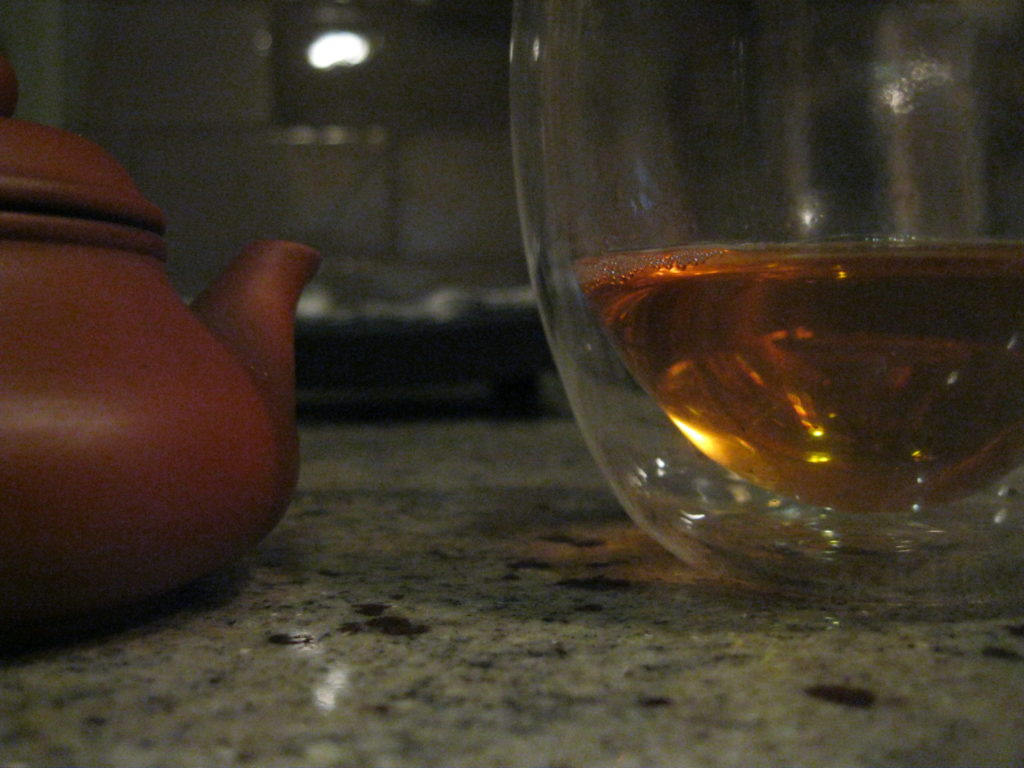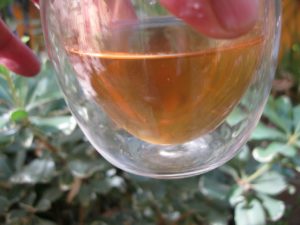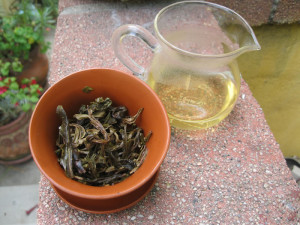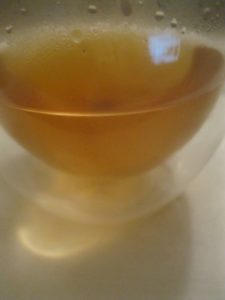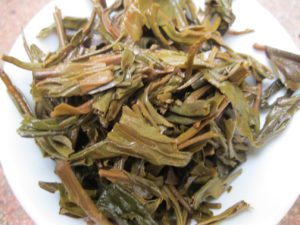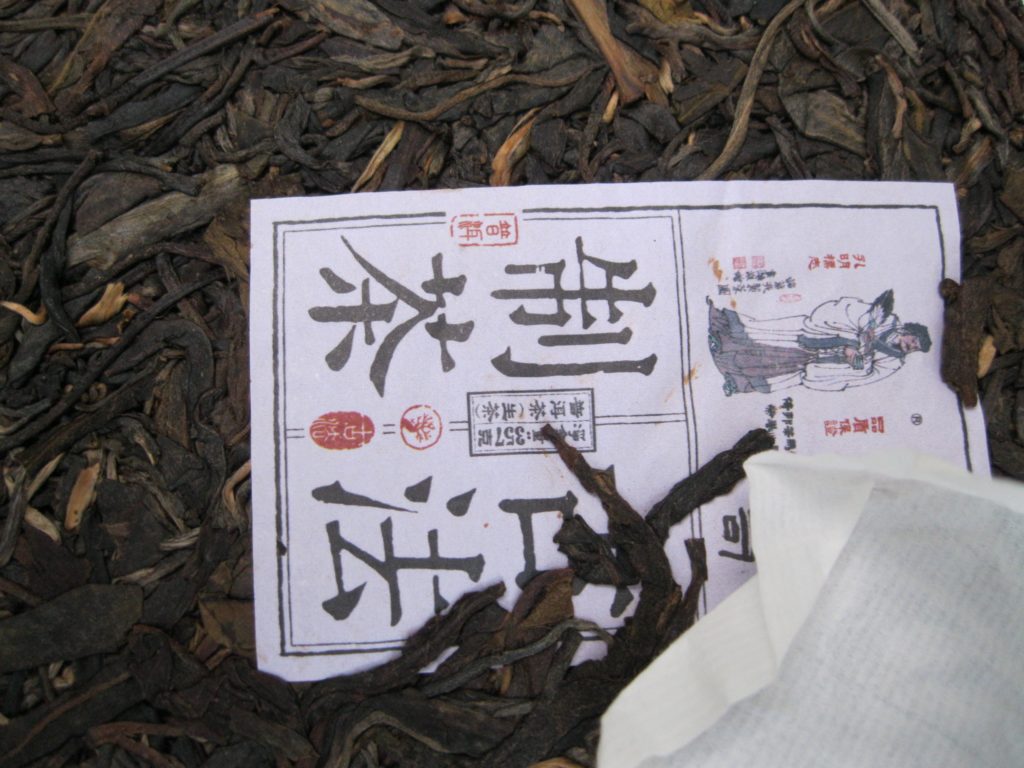Puerh Rating: Yiwu Princess
The Puerh Junky Rating System (PJRS) takes on Yiwu Princess, an ’03 production joining the Puerh Junky stash the summer of ’19. Since this is a white label, there is not anything to report on the factory. The production came highly recommended from a favoured Kunming vendor.
After three rounds the results were as follows:
- Aroma 13
- Clarity 15
- Sweetness 12
- Viscosity 11
- Astringency 15
- Huigan 11
- Qi 10
Reflections
The Yiwu Princess listed in Spring 2020. This is one of the few raw puerh cakes requiring no adjustment time, which can be anywhere from two weeks to two years. In terms of clarity and astringency, this treasure receives a perfect score. Any production that scores above 9 in every category can be considered serious, and as the list shows the Yiwu Princess’s lowest score is 10, qi.
Let’s say a bit about identifying Yiwu productions and storage. One give away to identifying an Yiwu is in the formation and pressing of the cake. Stone pressing is the norm. Leaves are full, often populated with long leaf stems to give it a sexy filigree. The tenderness of the pressing is immediately apparent when held. It’s not the power pressed discus of Bulang, where the compression juices the leaves together into a shellac. Irrespective of how fancy the factory is, Yiwu production methods are incredibly incredibly uniform and careful in presentation. The the exact opposite of recipe cakes like 7542 or Blue Mark.
The Puerh Junky feels that storage factors more greatly in evaluating an Yiwu than any other puerh terrior. It just seems that in contrast to Simao, Lincang, Bulang (and all the villages contained therein) that Yiwus generally provide little indication of what they are until they’ve aged at least 10 years. This aging needs to be stressful too, particularly if you want to know which direction the production will take: root beer or dried flowers.
The Yiwu Princess hails from a Kunming vendor favoured precisely for their outstanding storage. Storage of this sort would typically be associated with Guandong or Taiwan. The Puerh Junky detests dank or hot-stored stuff that kills the tea such that you’re only left with drinking dried garbage or newspaper.
Conclusions
The Yiwu Princess is emblematic of puerh tea in the old school sense. It’s aged to perfection, preserving chrysanthemum floral note beneath the blanket of perfect humidity. The PJRS has again produced robust results, in this case by demonstrating how complete a performance the Princess give by all seven criteria. Puerh Rating: Yiwu Princess
87/105, A

